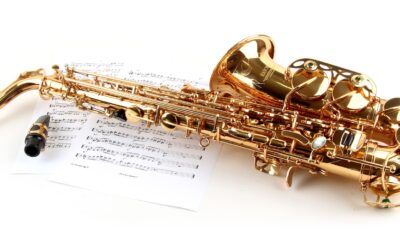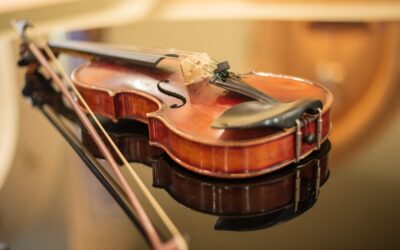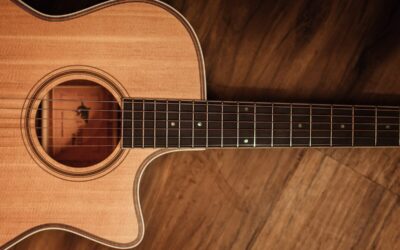Electronic wind instruments (EWIs) are a type of wind instrument that use electronic sensors and digital signal processing to produce and modify sound. Unlike traditional wind instruments, which produce sound acoustically through the vibration of air inside the...
How wind instruments work
Wind instruments work by producing sound through the vibration of air inside or across the instrument. When a player blows into the instrument, the air inside the instrument vibrates in a specific pattern, creating sound waves that travel through the air and are heard...
Different kinds of wind instruments
Wind instruments are a type of musical instrument that require the player to blow air through them to produce sound. There are many different types of wind instruments, each with their own unique sound and characteristics. Here are some of the most common types of...
Upright bass explained
The upright bass, also known as the double bass, string bass, or bass violin, is the largest and lowest-pitched instrument in the string family. It is played with a bow or plucked with the fingers, and is commonly used in jazz, blues, country, and classical music....
Cellos explained
The cello, also known as the violoncello, is a bowed string instrument that is similar to the violin and viola but is much larger and produces a lower range of notes. It is commonly used in orchestras, chamber music groups, and as a solo instrument. Here is an...
Violas explained
The viola is a bowed string instrument that is slightly larger than the violin and has a deeper, richer tone. It is often considered the "middle voice" of the string family, sitting between the higher-pitched violin and the lower-pitched cello. The viola is similar to...
Violins explained
The violin is a bowed string instrument that is the smallest and highest-pitched member of the string family. It is often considered the "queen of instruments" because of its versatility, expressive capabilities, and the wide range of sounds it can produce. The violin...
Different orchestral string instruments
Origin of orchestra The orchestra as we know it today has a long and fascinating history that dates back to the 16th century in Renaissance Italy. During this time, a group of musicians called the "Camerata" would gather in private homes and perform vocal and...
What is Tonewood Amps and how does it work?
Are you tired of the same old dull sound from your acoustic guitar? Do you want to enhance your sound and create a more captivating experience for your listeners? If so, you need to check out TonewoodAmp. TonewoodAmp is a unique and innovative product designed to take...
Different guitar body materials
The construction of a guitar body is an art that requires skill, knowledge, and experience. The type of wood used in the construction of the guitar body plays a significant role in determining the overall sound and tone of the instrument. From the bright and snappy...
Components of a guitar
In general, guitar consist of several main components: Body: The main part of the guitar, which holds the other components and provides a surface for the strings to vibrate against. Neck: The long, narrow part of the guitar that supports the fretboard and holds the...
Acoustic, Electric, vs Digital guitars
Acoustic, electric, and digital guitars are different types of guitars that vary in terms of sound production, construction, and design. Acoustic Guitars Acoustic guitars produce sound through the vibration of the strings, which resonates through the guitar's hollow...












